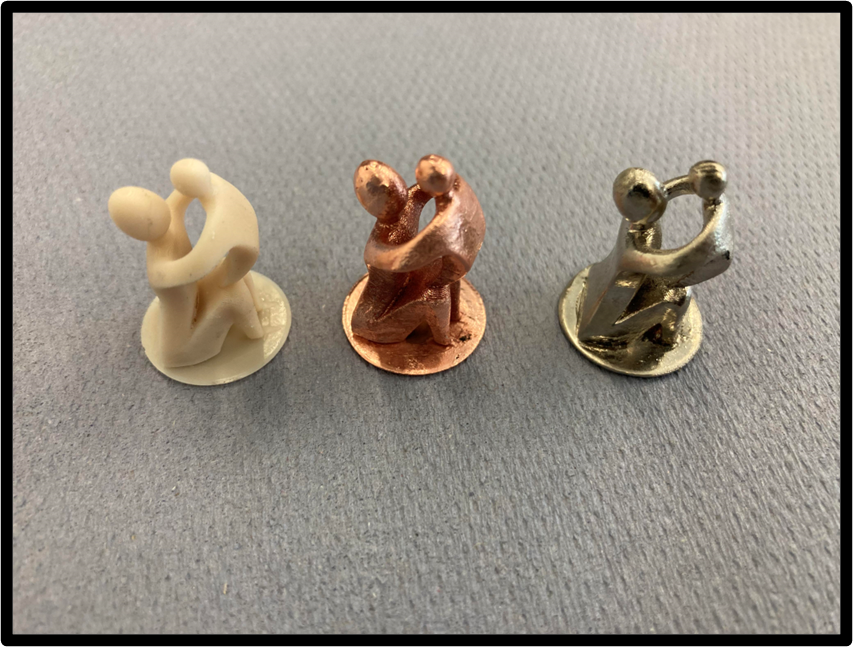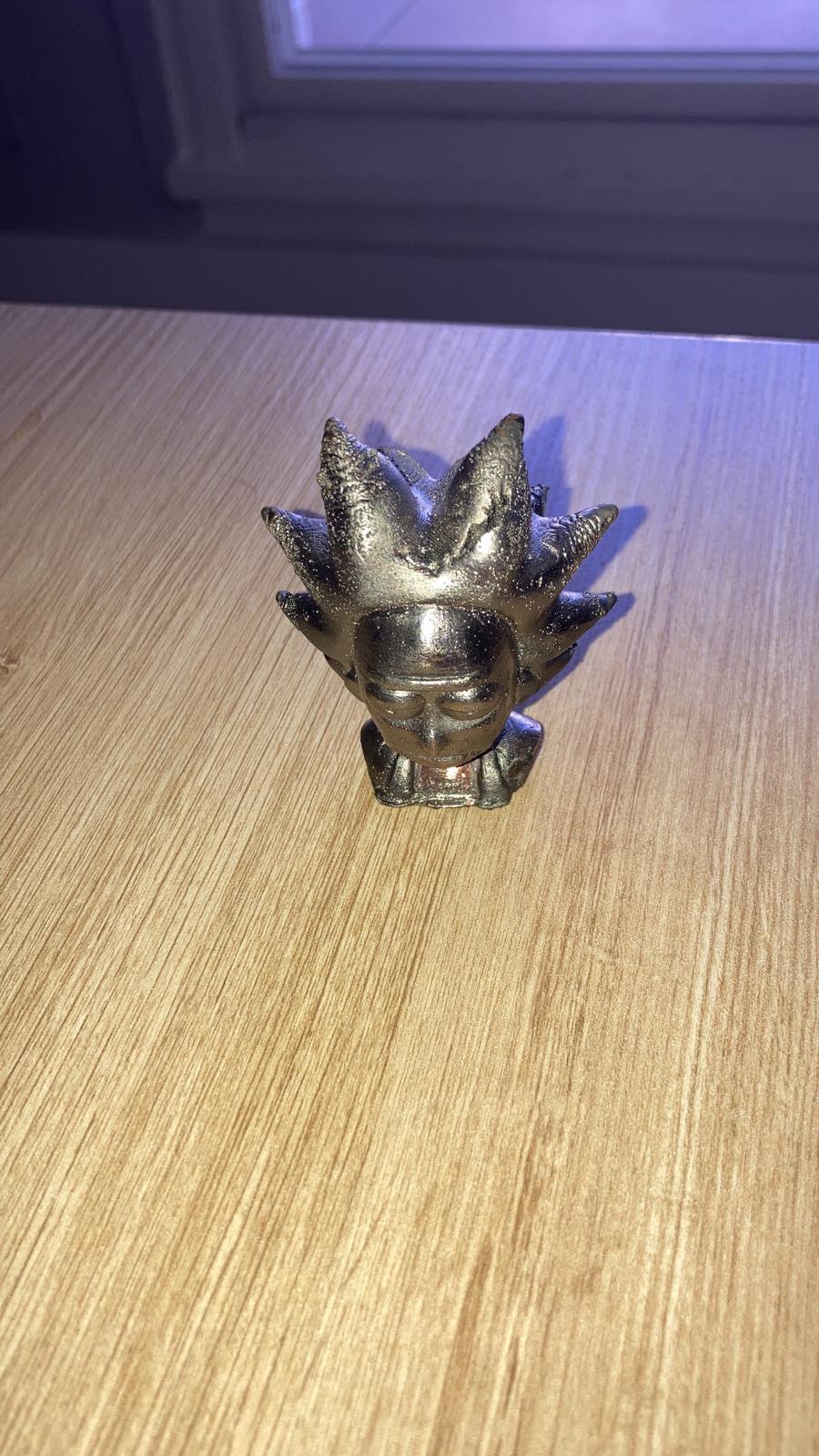Electroplating on 3D Printed Pieces
Electrochemical process development for depositing copper and nickel on PLA 3D printed components for enhanced surface treatment of hearing aid parts

Electroplating Process Overview
Complete electrochemical process for copper and nickel deposition on PLA 3D printed hearing aid components
Photo Gallery - Different Angles

Project Context
Surface treatment enhancement for 3D printed hearing aid components. The project focused on developing electroplating techniques to improve the durability, conductivity, and aesthetic properties of PLA 3D printed parts through metallic coating processes.
Technical Implementation
Electrochemical Process Study
- •In-depth study of electrochemical reactions for metal deposition
- •Analysis of copper and nickel electroplating processes
- •Understanding of current density and voltage requirements
- •Electrolyte solution preparation and optimization
Surface Preparation Process
- •Making PLA 3D printed pieces electrically conductive
- •Application of specialized carbon paint for conductivity
- •Surface cleaning and preparation techniques
- •Ensuring uniform conductive coating application
Electroplating Execution
- •Implementation of electrolysis process for metal deposition
- •Copper plating as base layer for improved adhesion
- •Nickel plating for enhanced durability and finish
- •Process parameter optimization for quality results
Results & Achievements
Successful Conductivity
Successfully made PLA pieces conductive using specialized carbon paint application
Copper Plating Mastery
Achieved consistent copper electroplating on 3D printed surfaces
Nickel Coating Success
Implemented reliable nickel plating for enhanced durability
Quality Control
Achieved consistent surface coating quality across multiple pieces
Technologies & Materials
Process Innovation & Challenges
Technical Challenges
- •Making non-conductive PLA electrically conductive
- •Ensuring uniform coating distribution
- •Optimizing electrochemical parameters
- •Achieving consistent surface quality
Innovative Solutions
- •Carbon paint application for surface conductivity
- •Multi-layer plating approach (copper + nickel)
- •Process parameter fine-tuning
- •Quality control and testing protocols
Applications & Benefits
Enhanced Durability
Metallic coating significantly improves the durability and wear resistance of 3D printed hearing aid components.
Electrical Conductivity
Enables electrical functionality in previously non-conductive PLA parts for advanced hearing aid features.
Aesthetic Enhancement
Provides professional metallic finish improving the visual appeal of the final products.